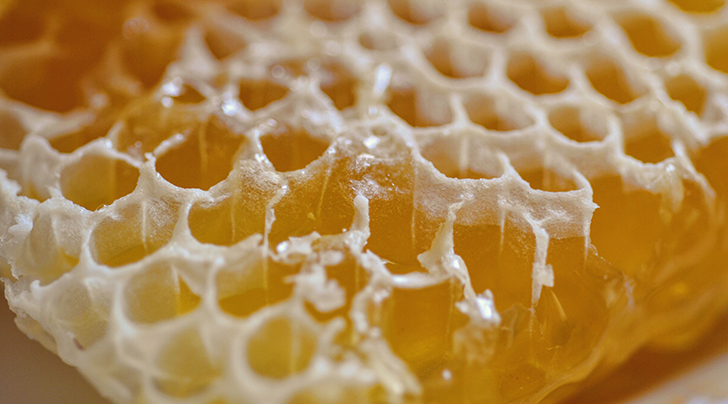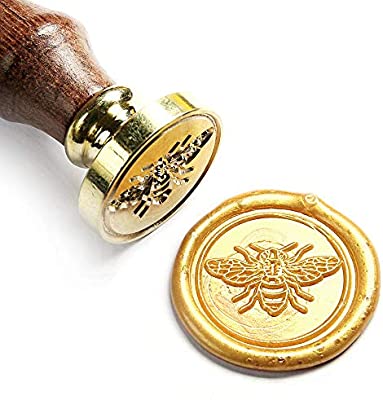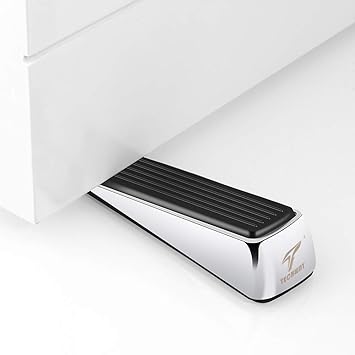Over the last year I've made many small improvements to my wa-handles (thanks to some quality feedback from you guys!). I find the topic interesting and as there are a few related posts occasionally popping up, I'd like to share some of what I've learned.

The majority of Western makers tend to use epoxy to solidly attach the blade to the handle. This is not a bad thing: Epoxy is extremely tough and able to put up with a lot of abuse. The disadvantage is that the blade can't easily be removed from the handle if it needs to be polished - specifically at the neck of the knife - meaning that keeping, say, a carbon steel knife looking good can be difficult.
With fancier knives such as honyaki, extreme durability in the handle attachment can be a bit overkill as owners tend to reserve the knife for less brutal and forceful tasks such as heavy chopping. They also tend to be the knives that need the most polishing to keep up the good looks. With this, the idea of a removable handle via beeswax installation comes into play.

So what is the difference between the actual handles? Other than the different adhesives, aren't they just the same thing?
It turns out that beeswax is a terrible adhesive, and it can't always be used in the same handle construction.
Unlike epoxy, beeswax doesn't do well at bonding two surfaces together. There is an exception in the case of porous materials such as paper (i.e. wax sealed envelopes) but even in this case the metal stamp used to mark the seal can be pulled away easily to leave an imprint of the stamp without pulling away any of the solidified wax with it. This property would be less than desirable in a handle attachment.

Instead, the reason to use wax in the handle (other than waterproofing the tang) is that it acts in the opposite way of a slippery lubricant - It increases the amount of shear-force needed to slide the touching parts. It can be thought of in the same way as a wet towel or rubber feet on the bottom of a cutting board, stopping it from sliding around the counter-top in a way that doesn't permanently bond the two together.
With this in mind, we can look at how a functional ferrule works to hold the tang.
Think of a hypothetical handle, made in such a way that the tang can just drop into the slot with plenty of wiggle room. Epoxy can be used to flood all of the extra space in the slot, and the tang can be dropped into position in the pool of epoxy and left to cure. The resulting handle could be quite solid with no internal stresses, no problems here. You can push this idea to its extreme by making a handle-shaped mould, flooding the entire thing with epoxy and setting the tang into it to make a 100% epoxy handle... and it would still work.
If we were to try and achieve the same thing with beeswax, even once the wax had been given time to solidify, the handle wouldn't need much force to slide right out again. We need to clamp the tang in place inside the handle to stop it from moving, which is exactly what a functional ferrule helps to achieve.

This brings me to the humble door-stop. You know... the triangle that wedges under your door to stop it from swinging shut. Just like the door-stop, hidden tangs are often tapered into an elongated triangle to wedge themselves into position. With a wax install, the ferrule works like the pressure between a door and the floor the the case of the door-stop. It applies compressive force to the tang, clamping it in place - a critical component of wax installations. It's very important that the handle can maintain this compressive force without stretching or splitting, which is why materials tougher than wood are often chosen for the ferrule. To install the tang with enough force so it doesn't easily move, you will need to strike the bottom of the handle during installation, really clamping the tang in place. When done properly, the more force needed to smack the handle on, the better the grip it has around the wedge-like tang... up until the handle gives out under the strain. In addition, wax in the slot adds even more friction between the parts and can seep into the porous wood when melted, causing the wood to swell and tighten further around the tang.
This application of force during the installation is a noticeable difference in videos on the two types of handles.
(Wax handle install at 10 minutes into the video)
----------------------------------------
(Epoxy handle install at 6 minutes into the video)
So while it's possible to use epoxy under compression in a handle designed for wax, it's not really possible to use wax in an oversized handle slot designed for epoxy.
Having said all this, the idea of a really good handle install is that the typical user should never be able to tell which method was used... at least up until the the point you want to remove the handle.
Anyone use hot melt glue. That is a good adhesive and can be removed with the application of heat.




